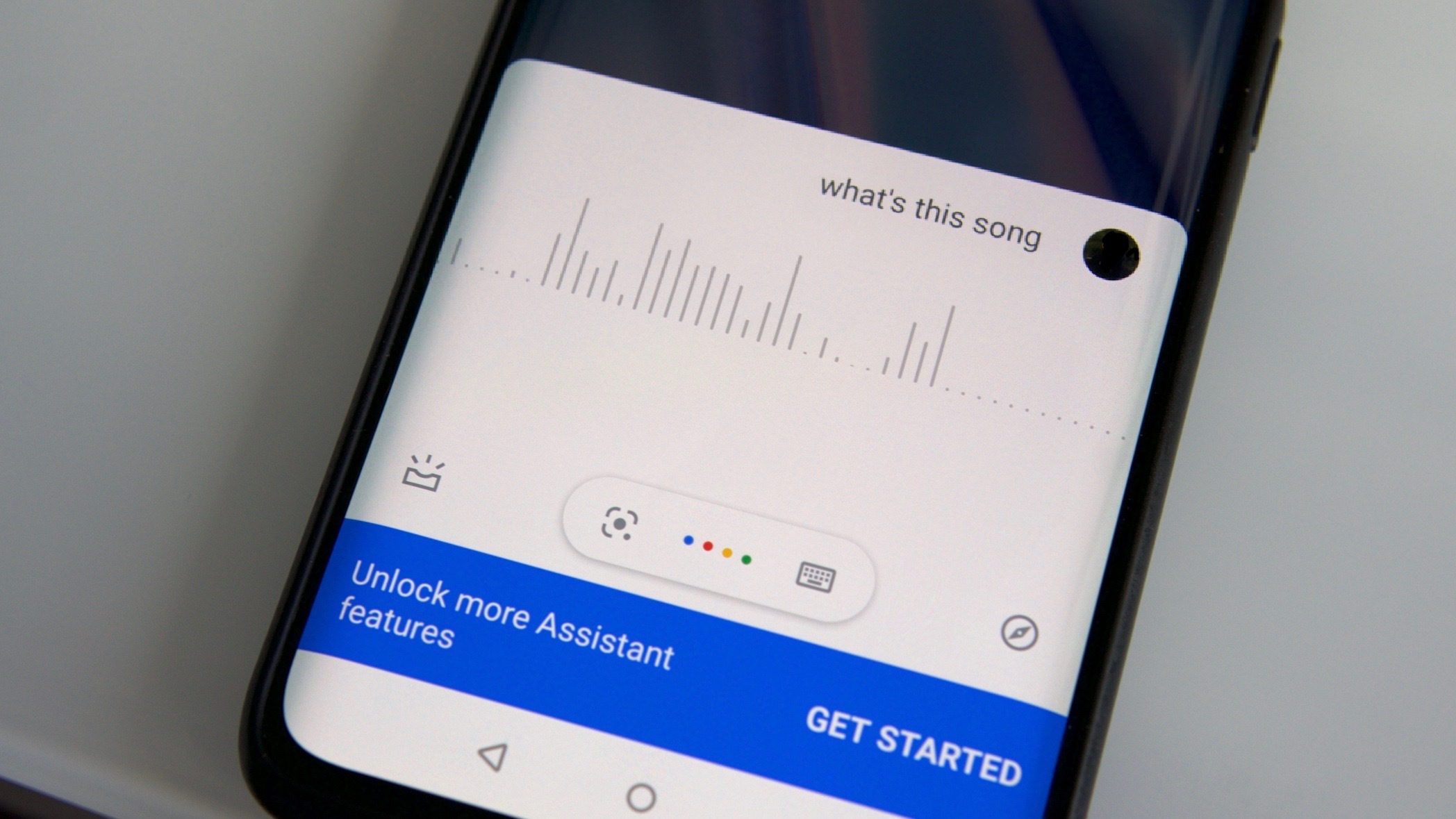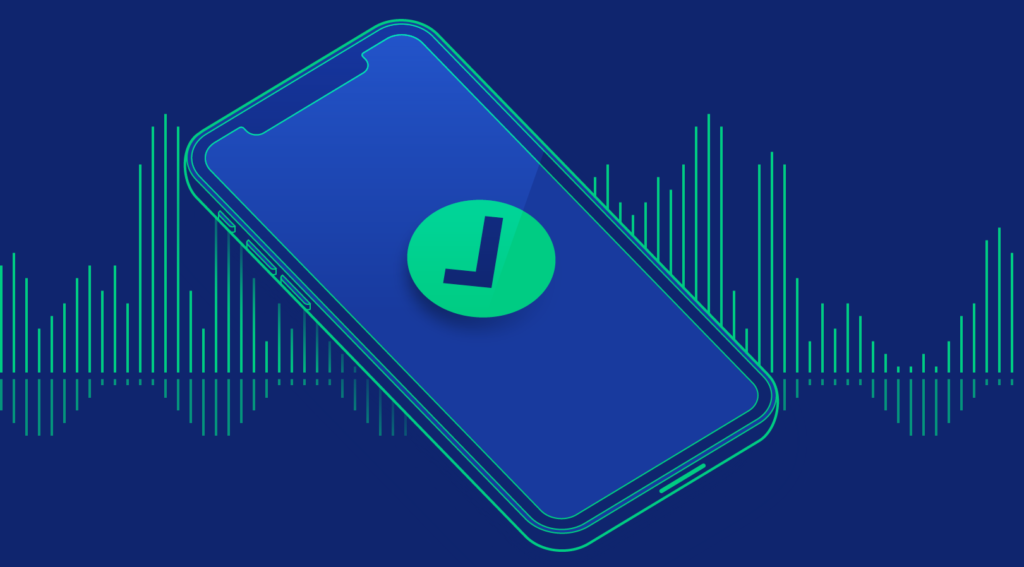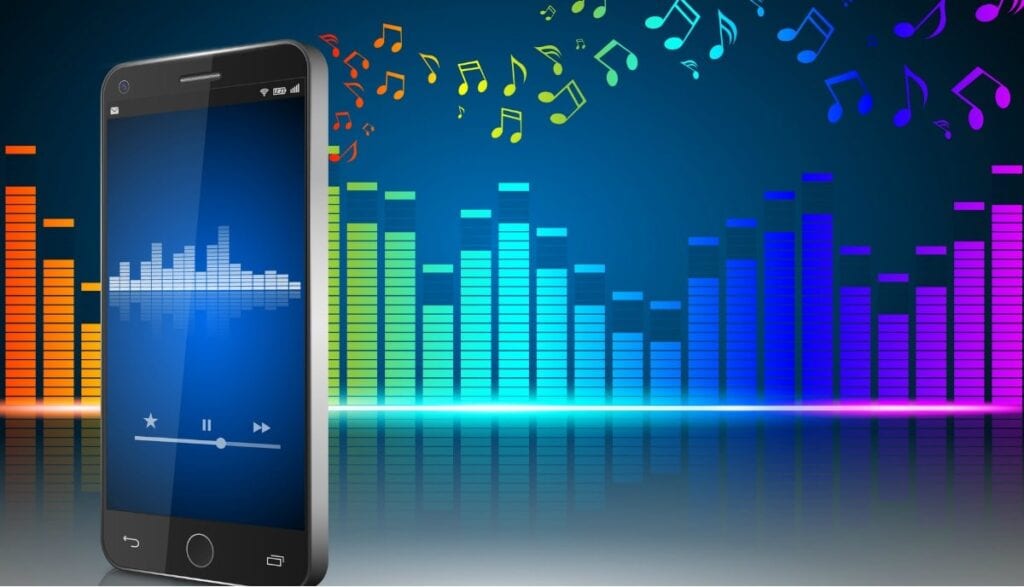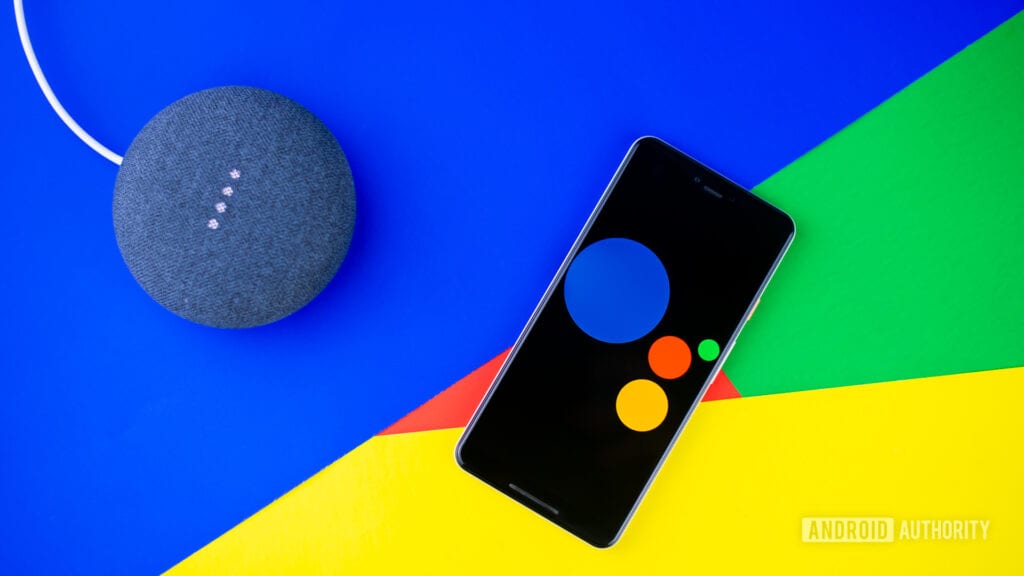
Music is a huge part of our lives, and most of us cannot go a day without it. It’s not a secret that listening to your favorite song can easily make your entire day a lot better. Making music is also a great profession, one that is considered art, but also something that can earn you a lot of money if you are good at it. Needless to say, the music industry reached unbelievable heights in the past couple of years, and it doesn’t plan to stop anytime soon.
Now, we all know that listening to good music is what makes everything better, especially nightlife. Bars, clubs, discotheques and all make a living because of music. None of these would exist if it wasn’t for good songs that people enjoy while drinking and having fun.
It’s a very common situation for a person to be unable to found the name of a song. It happened to almost all of us in the past, and if it happened to you as well, you probably know what we’re talking about. When you hear a great song but you don’t know the lyrics or the name of it, what do you do? Well, you can ask for a friend, but what if they don’t know the answer as well? This is where audio fingerprinting comes into play, and once again, saves the day.
What is audio fingerprinting?

Programs such as Shazam, Spotify Discover Weekly, Bandcamp and Cymbal are all functioning in a very similar way. They are using a method called audio fingerprinting to take a “snapshot” of a certain song’s waveform, peaks, and frequency, as well as everything else that’s needed to make discovery possible later on. All of this information is stored in a database that users can later “access” by sending out a request through the audio-recognizing phone app or computer software. It gets way more technical than this but it’s the basic concept that matters the most when it comes to understanding all this.
When audio is played with the purpose of it being audio fingerprinted, the scanner places these so-called “markers” several times in one second. If a song lasts for two or three minutes, thousands of different markers will be placed creating one unique and signature snapshot of the song, or as we would like to call it, a fingerprint.
How does it work?

When you pull out your phone at a club to find a song that sounds really catchy to you and your friends, basically what happens is the following:
- The software scans just a small fraction of the audio
- The software starts comparing the sample fraction with the most similar match in the database
- The software either “spits out” a result or scans another fraction of the song if needed
- If there aren’t any matches, then you get a notification that the song isn’t listed in the database
If you are willing to learn some more about this in detail, we suggest that you head over to intrasonics.com, a website dedicated entirely to audio fingerprinting and the technology behind it. There are a lot of cool things that you can do if you manage to implement this technology in different types of projects. Besides, we cannot hide the fact this technology is still on the rise, so if music recognition is impressive to you, imagine what else we’ll have in the future.
People think that the entire songs are stored like a raw mp3 or wav file inside a database, and then the AI just plays them one over another, comparing the pitch and everything else in order to get the matching result. But, sadly, that’s now how it works. Placing markers whenever there’s a hertz spike or something similar that makes a song unique is a lot more space-efficient.
Professionals like to call this a “virtual map of peaks”. It’s a combination of frequency and time, as well as the intensity and other unique elements or changes in the sound. One or two of these per song would not be enough to make the map unique, but as we mentioned above, the AI-powered scanner places markers several times in one second. With the duration of the average song being about two minutes, it’s enough time for a distinguishable map to be created.
For what exactly is audio fingerprinting used?

Instead of spending hours searching for some type of audio on the internet, you can use audio fingerprinting-driven technology to get the required results in less than a second. People often use this for finding songs they like, but we are most definitely going to have a lot of other options in the future about other audio files as well. For example, reading a short paragraph out of a book and immediately getting a result that lists the correct book match. Political speeches and other things of that nature are also an option. Basically, anything that’s an audio will eventually be stored in a database, but it’s just a matter of time when.
The most popular use of audio fingerprinting nowadays however is for searching songs. Shazam is one of the hottest inventions of our age, and it has an impressive amount of downloads on every platform where it’s published.
Conclusion
It’s a bit difficult to comprehend that we’re living in the future, but the truth is, we are. A few decades ago, imagining a software that can immediately hear audio and tell you what the original source for it is was only, well, an imagination. But, nowadays every child grows with a smartphone, so Shazam and other audio-recognition services are just a few clicks away, and are pretty much considered a normal thing. Not that they aren’t but still.
Audio fingerprinting is a method used for a lot of things and it serves a great purpose. In today’s article, we gave our best to explain the core concept of it and how it works. We tried to keep things as beginner-friendly as possible, so we hope that we were indeed clear enough.




